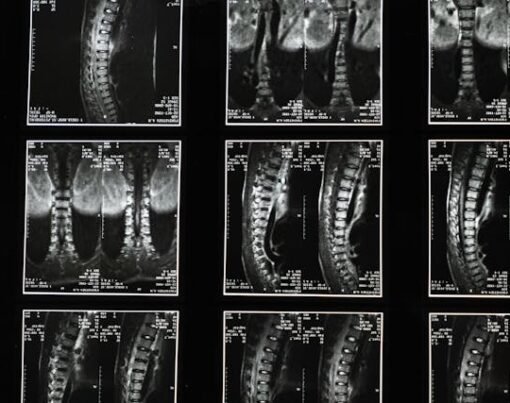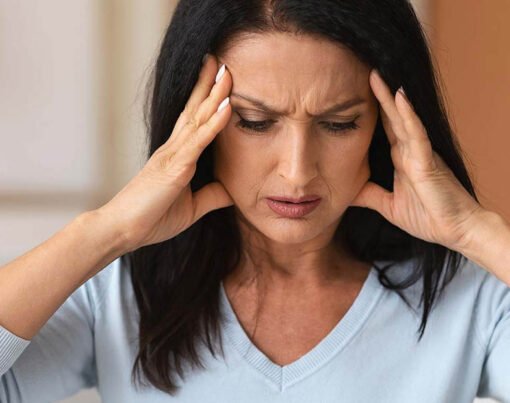Headaches have plagued humanity for centuries, and finding effective remedies has been a constant pursuit. From ancient herbal remedies to modern pharmaceutical innovations, the treatment of headaches has evolved significantly over time. In this blog post, we will take a journey through history to explore the different methods used to alleviate headaches, leading us to the introduction of headache relief hats.
Table of Contents
Ancient Remedies for Headaches
Ancient civilizations recognized the therapeutic properties of certain plants and herbs in alleviating headaches. Lavender, known for its calming aroma, was often used in the form of essential oil or crushed flowers to create soothing compresses or inhalants. The fragrance of lavender was believed to help relax the mind and relieve tension, offering relief from headaches.
Similarly, chamomile, with its gentle and calming qualities, was brewed into teas or used as compresses to ease headaches. The anti-inflammatory properties of chamomile helped reduce swelling and promote relaxation.
Peppermint, known for its invigorating scent, was used topically in the form of oil or salve, applied to the temples or forehead to provide a cooling sensation and relieve headache pain. The menthol in peppermint acted as a natural analgesic, soothing tension and promoting blood flow. These ancient remedies highlight the early recognition of the potential benefits of natural substances in managing headaches and offer insights into the origins of herbal medicine practices that continue to this day.
Early Medical Approaches
As medical knowledge expanded, early physicians began exploring other techniques to treat headaches. In ancient Egypt, for instance, trepanation—the practice of drilling holes into the skull—was sometimes used as a remedy. It was believed that releasing evil spirits or excess pressure would relieve the pain, although this method was highly risky and not always effective.
Traditional Practices from Around the World
In addition to ancient herbal remedies, different cultures developed unique traditional practices to tackle headaches. Acupuncture, a key component of Traditional Chinese Medicine, aimed to rebalance the flow of energy or “qi” in the body. By inserting thin needles into specific acupuncture points, often along meridians, practitioners sought to restore the harmonious flow of energy and alleviate headache symptoms. This technique was believed to stimulate the release of endorphins and promote overall well-being.
Furthermore, Ayurveda, a holistic system of medicine from India, approached headaches by addressing imbalances in the body’s three doshas: Vata, Pitta, and Kapha. Ayurvedic treatments for headaches included customized herbal remedies, dietary adjustments, lifestyle modifications, and practices such as meditation and breathing exercises to restore equilibrium. These traditional practices highlight the cultural diversity of headache treatment approaches and demonstrate the value placed on holistic well-being in different parts of the world.
The Rise of Modern Medicine
With advancements in medical knowledge and technology, the treatment of headaches took a significant leap forward. In the 19th and 20th centuries, aspirin and other nonsteroidal anti-inflammatory drugs (NSAIDs) were developed. These medications provided effective pain relief and reduced inflammation, making them a go-to option for headache sufferers.
As the understanding of headaches improved, researchers began developing specialized medications to target specific types of headaches. Triptans, introduced in the 1990s, revolutionized the treatment of migraines. These medications work by constricting blood vessels and reducing inflammation in the brain, effectively relieving migraine symptoms.
Alongside pharmacological advancements, non-pharmacological approaches gained popularity for headache relief. Relaxation techniques, such as deep breathing, meditation, and progressive muscle relaxation, proved beneficial in reducing stress and tension-related headaches. Physical therapies, such as chiropractic care and massage, also offered relief by targeting muscle tension and improving overall posture.
Introduction of Headache Relief Hats
In recent years, innovative technologies have emerged to provide alternative forms of headache relief. One such development is the introduction of headache relief hats, also known as pain alleviation caps and headache cooling hats. These innovative hats are equipped with built-in cooling or heating elements that can be adjusted to the desired temperature. By applying gentle pressure and temperature therapy to the head, these hats aim to alleviate headache symptoms and promote relaxation.
One of the key benefits of headache relief hats is their ability to provide personalized and customizable relief. These hats are typically equipped with adjustable compression straps or inserts that allow users to apply gentle pressure to specific areas of the head or temples. By applying targeted compression, headache relief hats can help relieve tension and reduce pain associated with headaches and migraines.
Another advantage of headache relief hats is their versatility in providing both hot and cold therapy. These hats often come with removable gel packs that can be heated or chilled, depending on the desired therapy. Cold therapy helps to constrict blood vessels and reduce inflammation, providing soothing relief for migraines and tension headaches. On the other hand, heat therapy helps to relax muscles, improve blood circulation, and alleviate stress-related headaches. The dual functionality of headache relief hats allows users to choose the most suitable therapy for their specific type of headache or personal preference.
Introducing HappyCap
Among the innovative headache hats designed to provide effective headache and stress relief, one product stands out: HappyCap.
HappyCap is a pain alleviation cap designed with utmost care to deliver optimal results in alleviating headache symptoms. Its unique feature lies in its utilization of 360-degree compression, which ensures thorough coverage and targeted relief for the entire head. By applying gentle and adjustable pressure to specific areas, HappyCap effectively reduces tension and discomfort associated with headaches and migraines.
Conclusion
From ancient herbal remedies to modern pharmaceutical breakthroughs, the treatment of headaches has come a long way. Today, we have a diverse range of options to address headaches, including medications, non-pharmacological approaches, and innovative devices like headache relief hats. While each individual may find different methods effective, it is essential to consult with healthcare professionals to identify the most suitable treatment approach for managing headaches and improving quality of life.










